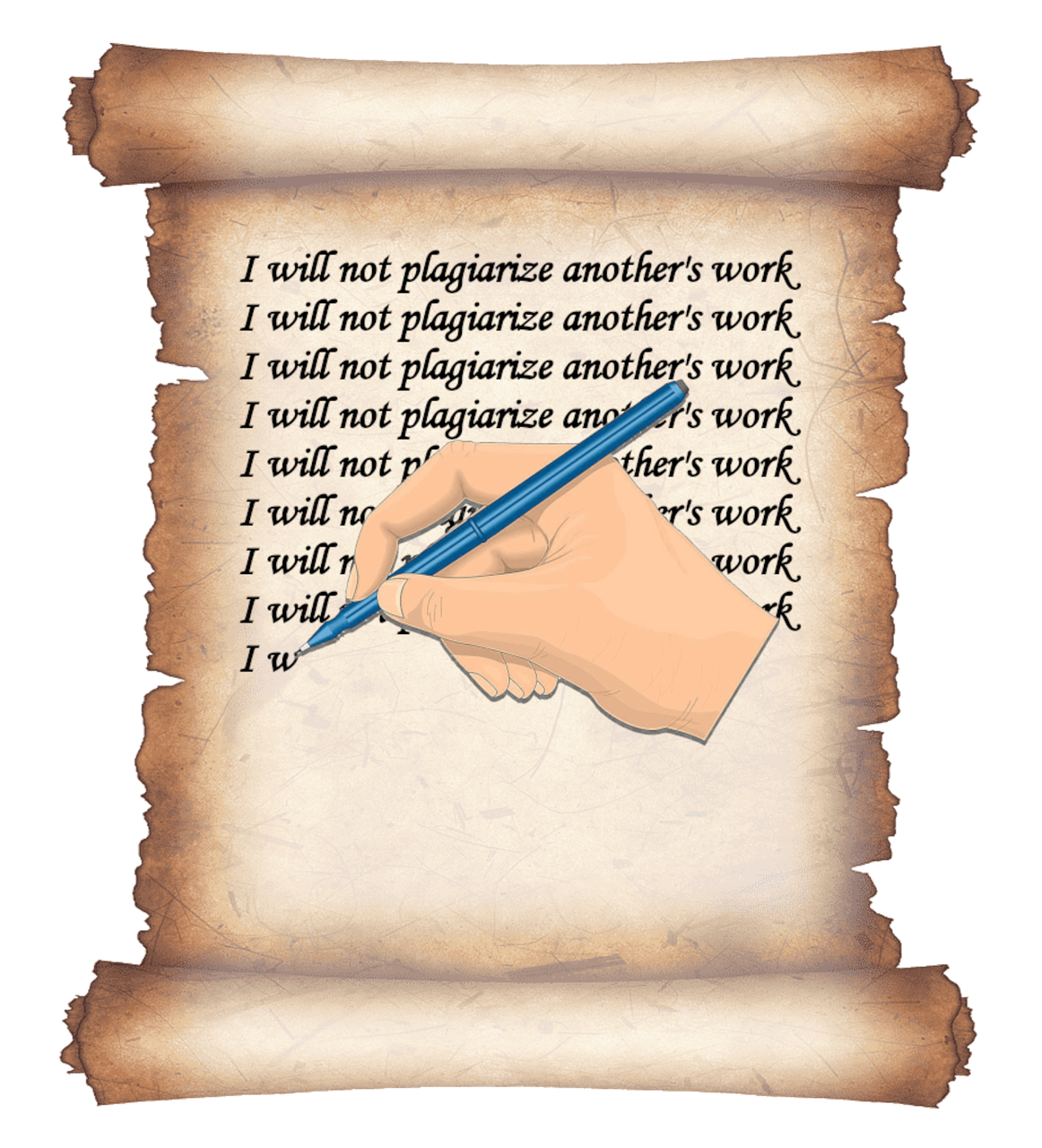How to Avoid Plagiarism in a Digital World
Posted on 04/20/2018 by Jonathan O'Brien

When writing a research paper, doing the research can be one of the easiest parts of the project. But once you've found reputable sources with relevant information, using that information to write your own paper can be a challenge. Avoiding plagiarism is crucial not only for your grade, if you're in school, but for your reputation. Follow a few basic steps when writing and you can rest assured that your work will be original.
Paraphrase
Once you find information you wish to use for your research paper, read it several times to fully understand it. After you've read the passage, rephrase the text to put it into your own words. Focus on the key points in the text. After you finish paraphrasing, reread the text to make sure you've communicated the important points without including any verbatim text. It might help to consult a thesaurus if you get stumped trying to find ways to restate what's in the original text.
Cite Your Sources
Even after paraphrasing, it's recommended to attribute the ideas you use to their original author. Citing another author's work enables you to avoid plagiarism. If you're writing for a class assignment, your instructor likely provided guidelines for your research paper, stipulating the format to be used as APA, MLA, Chicago, or another style. Following the indicated style, you can cite the source of the text, providing the author and the date of the publication. If you fail to cite your sources, you may have an issue with plagiarism.
Use Accurate Quotations
Never copy text that someone else has written word for word, as this constitutes plagiarism. If you determine that you need to use some of the text verbatim, surround the quoted text with quotation marks. Avoid quoting more than 40 words of another author's work; paraphrase ideas and thoughts instead. In most cases, a student writing an academic paper should be able to read material, assimilate it, and rewrite it into original words. If you opt to quote text written by another author verbatim, copy it exactly as it appears in the source document to prevent misquoting. Use quotes sparingly and carefully to avoid allegations of plagiarism.
Cite Quoted Material
Always attribute anything that's a direct quote. When quoting text directly, it's generally recommended to add the page number for the location of the original text in the source document. If the original text is located on a Web page, provide the paragraph number to identify it.
Cite Yourself, if Needed
Once you begin writing academically, you may encounter a situation where it makes sense to use material you've already written for another project for a current writing assignment. When this happens, you must cite yourself and your previous writing as a source. Failure to properly cite yourself is known as self-plagiarism, and this is not an acceptable practice.
Include References
A reference list or bibliography follows a research paper. Including a reference list is an important step to avoid plagiarizing other authors' work. The stipulated style for your research paper will dictate the format of the reference list. Generally, a reference list will be an alphabetical list of all of the sources you used for your paper, including author names, the date of publication, the title, and other details.
Check Your Work
After writing your research paper, proofread and edit it to ensure that it's correct and ready to submit to your instructor. Use a plagiarism scanner to ensure that you haven't inadvertently copied any text in your paper. If the scanner finds duplicated text, it will flag it for you to either remove or paraphrase it. Submitting an assignment with plagiarized text, either in school or on the job, is a serious offense that could have long-term ramifications, so it's important to do everything possible to avoid it.
More Information
- Steps to Avoiding Plagiarism
- Ten Tips for Students: How to Avoid Plagiarism in Your Writing
- Five Effective Methods for Avoiding Plagiarism
- Preventing Plagiarism When Writing
- How to Avoid Plagiarism in Research Papers
- Avoiding Plagiarism
- Five Tips to Make Sure You Avoid Plagiarism
- 28 Guidelines for Avoiding Plagiarism
- 28 Microsoft Office Training Classes
- Plagiarism and Academic Dishonesty
- Avoiding Plagiarism
- Microsoft Excel Training
- Eight Simple Rules to Avoid Plagiarism
- Examples of Paraphrasing
- How to Paraphrase: A Super Simple Printable Guide
- Principles of Good Writing: Avoiding Plagiarism
- How to Paraphrase Correctly
- How to Write a Summary by Paraphrasing Source Material
- How to Paraphrase
- A Guide to Paraphrasing in Research Papers
- Paraphrasing and Summarizing
Software Training
Courses by Location
- Cyber Security Certifications Maryland
- Programming Courses NYC
- Coding Classes Houston
- QuickBooks Classes Houston
- Cyber Security Certifications Dallas
- Cyber Security Programs in Los Angeles
- Project Management Courses Houston
- Cyber Security Certifications Houston
- PMP Training Charlotte NC
- Coding Courses Chicago
